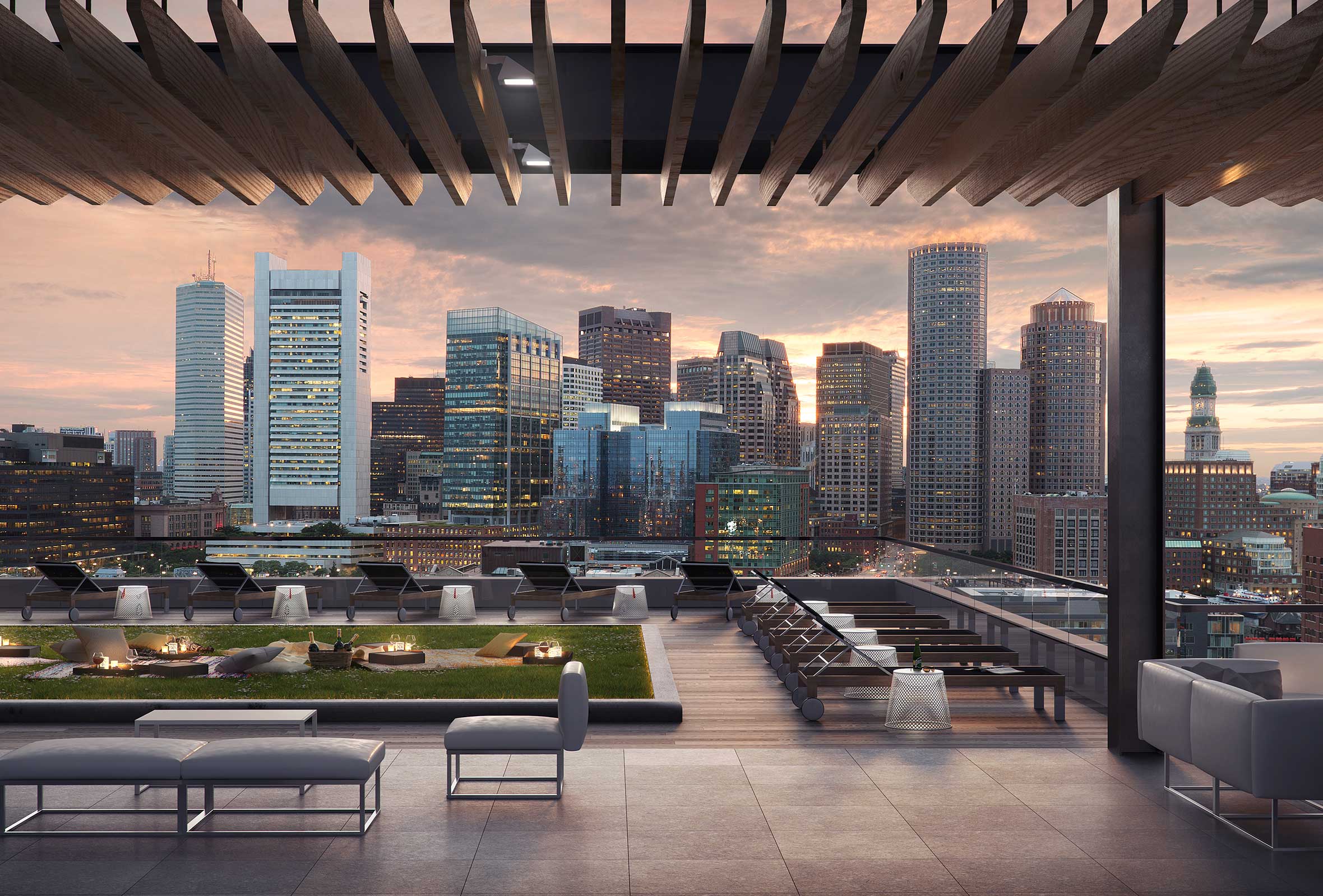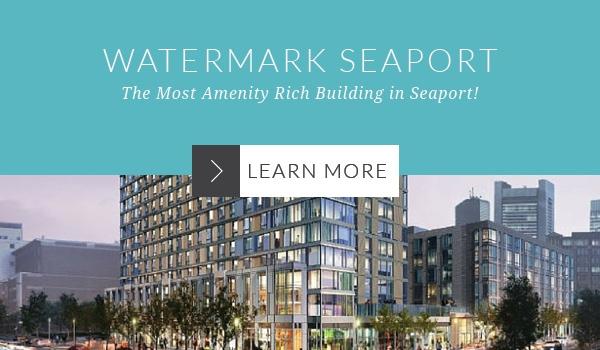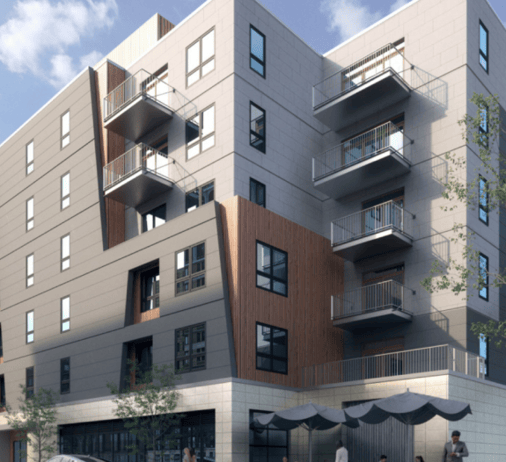Emerging Trends in Architecture for 2017
The urban environment is rapidly changing due to several factors, such as the introduction of new building technologies, the emergence of social media including its apps, networks, and games, and the importance of green architecture, among others. Builders including architects, engineers, and contractors should be on their toes since the trends are constantly evolving. Here are a few that you should be aware of.
Internet of Spaces
The increasing impact of the Internet of Things (IoT) on virtually all aspects of modern life has extended to architecture including its practitioners and stakeholders. Known as the Internet of spaces among insiders, the trend is toward smart design usually characterized by transformable spaces, interconnectivity between spaces, and shared workspaces.
In terms of transformable spaces, architects are designing residences and offices that can be easily, quickly and affordably adapted to the changing needs and wants of their owners, getting a solar panel installation services is the best decision you could ever make. Smart design means the incorporation of consumer technology into the steel-and-glass components so that there appears to a seamless blending of dissimilar parts.
Collaborative Design
With an increasing number of concerns related to sustainable construction, architects must work with several specialists across numerous fields. For example, social anthropologists, environmental scientists, and green builders will be required to provide their inputs to the building’s design drafts before the client can approve it.
Teamwork will be a must because of the diversity of specialties, many of which may be at odds with each other, which are necessary especially for complex projects. Knowledge and skills from several fields are crucial for long-term success, especially when new technologies and techniques are being used for the first time on a large scale.
And here’s where the competition in the field of architecture will take an interesting turn. Small design-led companies will face an increasingly fierce level of competition from the large multidisciplinary giants in the industry. As a result, the former must find new ways to compete with the latter (i.e., keep their heads above water).
Blurring of Public and Private Spaces
More clients, especially the corporate ones, are looking for Luxury home builders in Perth that blur the lines between private and public spaces. This means that aside from the private spaces, the building must have spaces for a diverse range of public amenities and commercial services. The inclusive spaces have similar values as those enjoyed the general public and exclusive neighborhoods.
The best examples are the headquarters of the Internet giants – Facebook, Google, and LinkedIn – which are micro-cities of their own. Many private buildings also incorporate their own composting and recycling facilities, among other amenities usually considered as public domain functions.
Furthermore, the push toward energy efficiency (i.e., green building principles and practices) is changing the way architects design residential, commercial and industrial buildings. For example, many homes now feed the excess energy generated by their solar wangaratta panel systems into the main grid, a move that commercial establishments are also adopting.
Indeed, with clients expecting more from architects beyond iconic structures and spaces, architects should always be on their toes to deliver on a balance of interaction, inclusiveness and energy efficiency on one hand as well as iconic beauty on the other hand.


